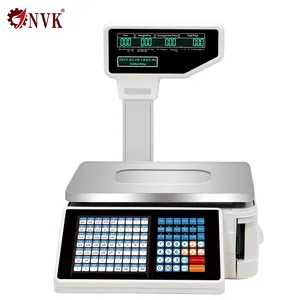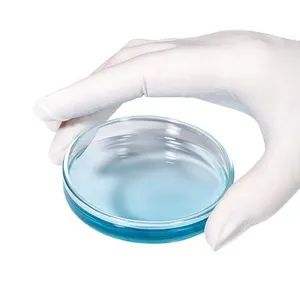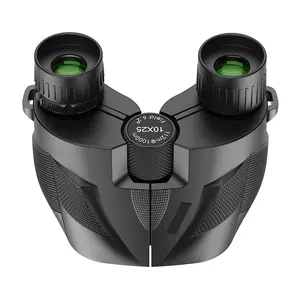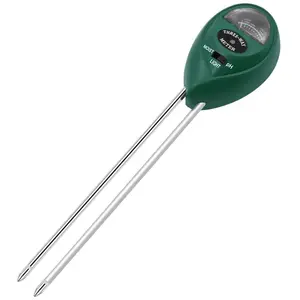Popular in your industry































































Related Searches:























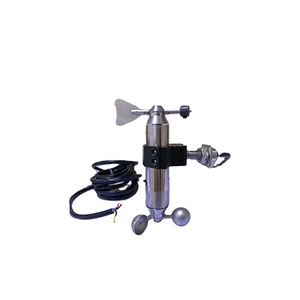


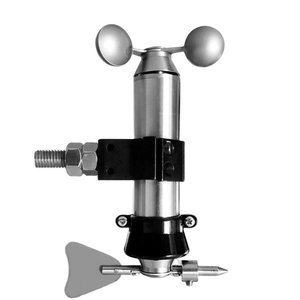





























































































About 4 20ma air velocity sensor
Introduction to 4-20mA Air Velocity Sensors
The 4-20mA air velocity sensor is a pivotal component in various industrial applications where precise airflow measurement is crucial. These sensors are designed to provide a linear output signal and are widely utilized in HVAC systems, environmental monitoring, and industrial processes. The 4-20mA output is a standard in the industry, offering compatibility with numerous control systems and monitors.
Types and Applications
There are several types of air velocity sensors 4-20mA, each tailored for specific applications and environments. From hot-wire anemometers ideal for clean, dry air to vane anemometers suited for larger ducts and higher velocity measurements, the selection is vast. These sensors are integral in maintaining air quality, ensuring safety in industrial settings, and optimizing environmental conditions for various processes.
Features and Materials
The construction of a 4 20ma air velocity sensor often involves robust materials capable of withstanding harsh conditions while maintaining accuracy. Features may include temperature compensation, various probe lengths, and the ability to measure a wide range of velocities. The materials used must not only ensure durability but also provide the necessary sensitivity for accurate airflow detection.
Advantages of 4-20mA Output
The air velocity sensor 4 20ma output is highly regarded for its noise immunity, especially over long distances, making it a reliable choice for industrial environments. This analog signal ensures that even in the presence of electromagnetic interference, the integrity of the airflow measurement is maintained. Additionally, the simplicity of the two-wire design facilitates ease of integration into existing systems.
Selection Considerations
When sourcing a 4 20ma air velocity sensor, it is essential to consider the sensor's range, accuracy, and response time. These factors are critical to ensure that the sensor meets the specific needs of the application. It is also important to consider the compatibility with the monitoring equipment to ensure seamless integration.
Integrating Sensors into Systems
Incorporating an air velocity sensor 4 20ma into a control system is a straightforward process, but it requires careful consideration of the sensor's specifications and the system's requirements. The right sensor not only provides accurate data but also contributes to the efficiency and safety of the overall system.
